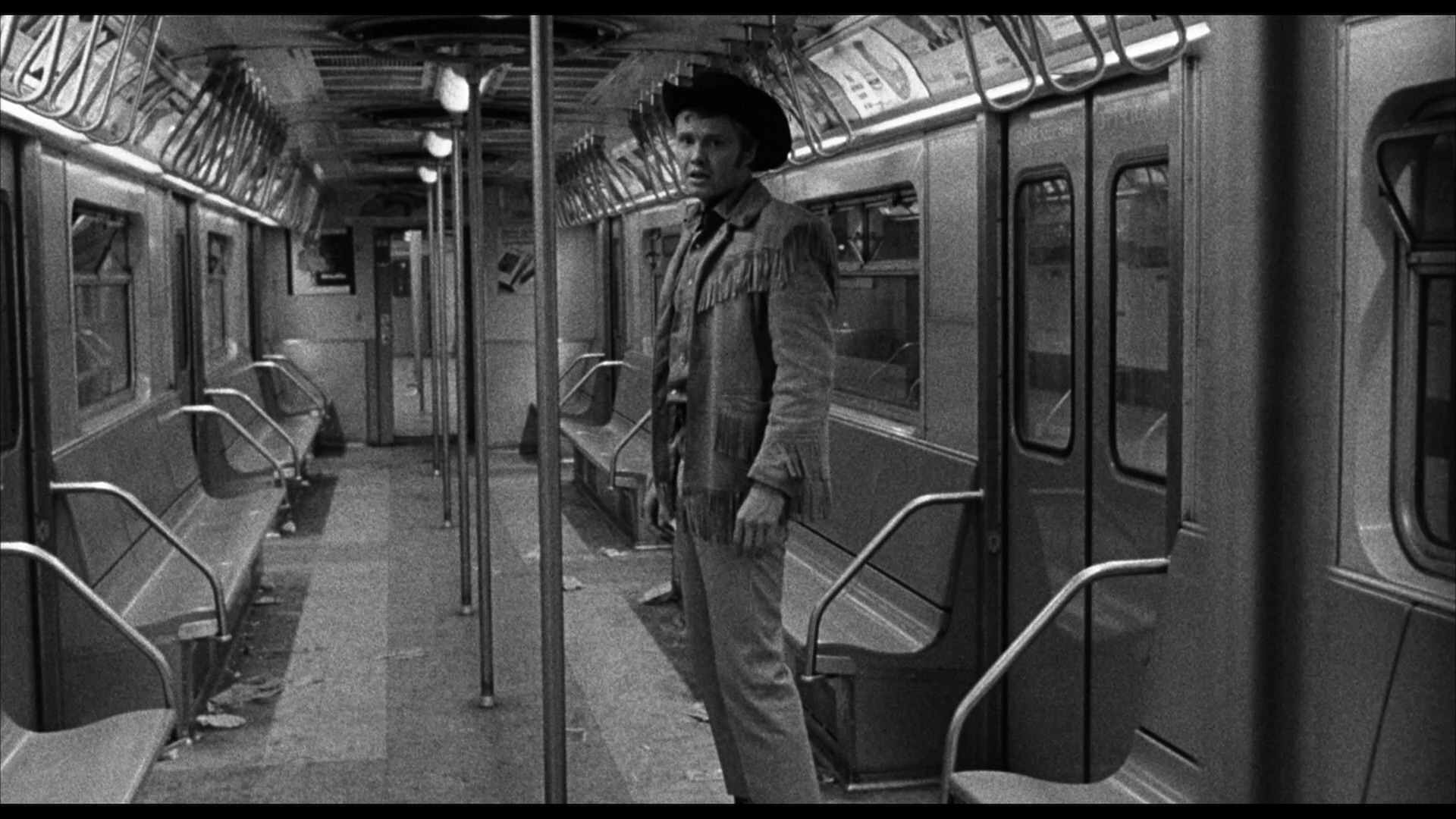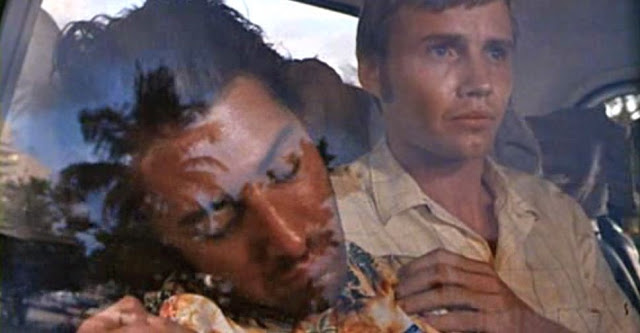For a film to verify complete authenticity throughout, it may develop a sense of believability through relaxed dialogue, and an expectation of the setting must be presented in such a way the viewer feels pulled out of their own life to fully succumb to the story. In Destin Daniel Critton’s Short Term 12, starring an inevitably believable Brie Larson and dim-witted, yet relaxed John Gallagher Jr., the viewer’s acceptance of this short term housing unit for young adults in substandard family situations stands evident throughout, using a means of incredibly intimate camera shots and less than constant movement. Their stories, combined with the ever-failing relationship of the two main characters, Grace (Larson) and Mason (Gallagher) is extended onto the viewer to create hyper-realism for a cringe-enticing and intimate, believable atmosphere.
In one scene, Grace discovers that she is pregnant with Mason as the father and immediately schedules an abortion without a thought or any input from Mason. Soon to come, the camera stays steady and hardly apparent as she tells him they are going to have a baby, excluding the instance of the abortion, to the viewer’s surprise.
Grace’s own struggles with depression and her inability to connect with others shines as she exhibits happiness at the thought of her future child with Mason, as the dramatic irony sets in. The use of the shaky-cam lets the viewer into their world, and one close-up shot highlights her own regret for her misinformation towards innocent and oblivious Mason.
An interpretation of “suspense of reality” relates to this scene, as Grace cannot completely relate to Mason, and Mason’s own obliviousness becomes more and more evident. This intimacy stands real and true, and the viewer does not question its authenticity, only its realism and believability stand apparent through the camera’s smoothness, as if it is absent, and we are simply watching this melancholy, and ironically relaxing scene in the awkward comfort of their room.
 Once more, later in the film, Brie refuses to open herself and display emotions to Mason when he pleas with her to dictate to him why she continues to suppress her past. Her visible discomfort and distress are not questioned by the viewer, only her influence in her actions upset the viewer, since she cannot follow the outstanding advice she gives her own housing kids, as Mason says to her. Even a viewer that is absent of a past with depression will accept this scene’s realism through the shot of Brie, visible anxiousness and a cinematic separation between her and Mason through the camera’s subtle cuts and shaky-cam, as their subtle separation becomes evident.
Once more, later in the film, Brie refuses to open herself and display emotions to Mason when he pleas with her to dictate to him why she continues to suppress her past. Her visible discomfort and distress are not questioned by the viewer, only her influence in her actions upset the viewer, since she cannot follow the outstanding advice she gives her own housing kids, as Mason says to her. Even a viewer that is absent of a past with depression will accept this scene’s realism through the shot of Brie, visible anxiousness and a cinematic separation between her and Mason through the camera’s subtle cuts and shaky-cam, as their subtle separation becomes evident.
This film achieves its mission statement of authenticity in these previous scenes, yet in one scene, an almost too intimate camerawork felt overbearing and redundant.
 One focal point of the film is a young adult at the short term housing unit named Marcus. His solitary demeanor reflects his own past with an abusive mother, and his full past comes in full circle for the viewer in his rap, depicting the void of normalcy he experienced because of his mother. The camera hyper-focuses on Marcus as he dictates the dejected household he has yet to come to terms with. While this scene is detrimental to the viewer’s understanding of Marcus, the intense camerawork seems pretentious and aureate at the cut’s extended shot. The attention to detail at this scene takes attention from Marcus’ words of somber, making the viewer ignorant to the authority its words to take.
One focal point of the film is a young adult at the short term housing unit named Marcus. His solitary demeanor reflects his own past with an abusive mother, and his full past comes in full circle for the viewer in his rap, depicting the void of normalcy he experienced because of his mother. The camera hyper-focuses on Marcus as he dictates the dejected household he has yet to come to terms with. While this scene is detrimental to the viewer’s understanding of Marcus, the intense camerawork seems pretentious and aureate at the cut’s extended shot. The attention to detail at this scene takes attention from Marcus’ words of somber, making the viewer ignorant to the authority its words to take.
Even with this intense scene, the film proves authenticity, as other contemporary films have in recent years. Academy Award-winning film Boyhood exemplifies the same use of shaky camera and close shots to establish its intimacy, as Short Term 12 has. Richard Linklater’s 12-year epic film takes this voyage for credibility and realism to another niche, as it truly does follow the adolescence of an American boy. The viewer establishes their own life through this boy, in more relatable aspects than Short Term 12 depicts. Most American youth can relate to a birth, a breaking point, and finally exile as their youth comes to a close, yet it is harder for a person to come to accept the story presented in Short Term 12, presumably regarded to the fact many do not have the rehabilitation relation in the film.
Yet, through contemporary film’s praise to the familiarity of the youth, rather than a nod at social status based on movement in films prior, Short Term 12 communicates its desired believability, even without a universal relatable story.




